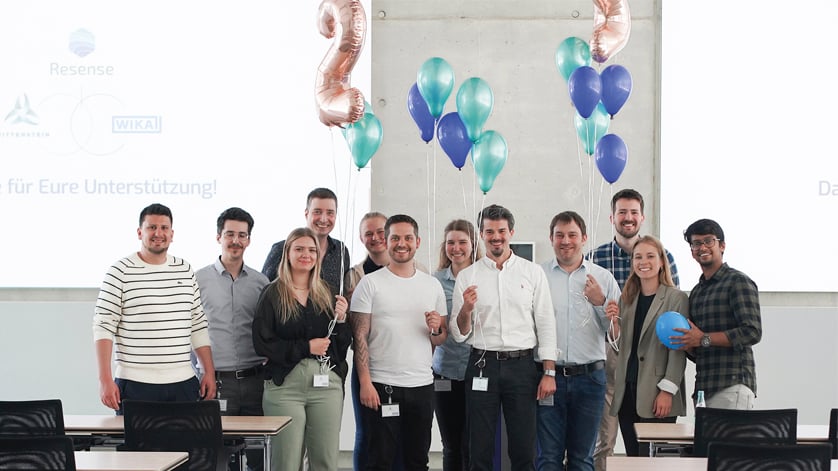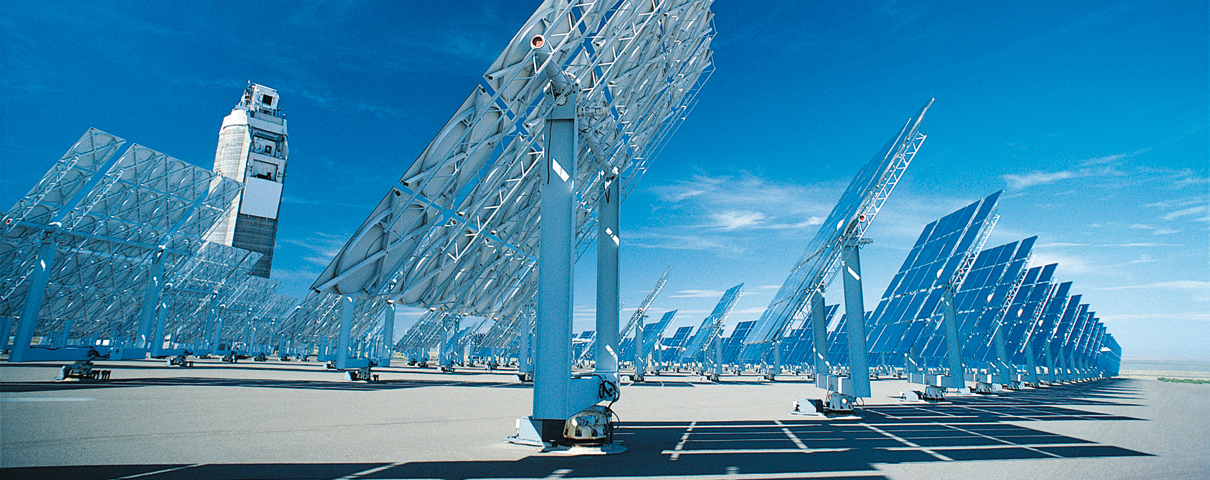
Carbon capture holds great promise as a way for the process industry to achieve net-zero. That’s why Det Norske Veritas (DNV) recently tested the accuracy of various flow measuring technologies from a range of manufacturers, including WIKA’s FlowPak® differential pressure flow meter.
Companies around the world have ambitious decarbonization goals. To reach those goals, they are adopting multiple approaches that include:
- Renewable energy in the form of solar, wind, hydropower, and even municipal waste
- Clean, efficient electric actuators – rather than hydraulic and pneumatic systems – in aircrafts
- Hydrogen as both fuel and feedstock in chemical and petrochemical plants
- Carbon capture, utilization, and storage (CCUS)
CCUS entails isolating carbon dioxide before and/or after combusting fossil fuels, then either sequestering the greenhouse gas deep underground or using it in another application. This is an excellent way for the oil and gas industry to reduce their carbon footprint and achieve net-zero, with the possibility of even going carbon negative.
It’s important for companies to know precisely how much of the emitted CO2 is being captured, transported, and stored. For some, the purposes are corporate social responsibility (CSR) and for selling to other companies. For others, it is to meet national, regional, or international agreements or regulations for emissions reductions, including emission trading systems and carbon taxes.
Of the various flow metering technologies available in the market, which ones for CO2 gas metering are the most accurate?
Testing Measurement Accuracy for Mass Flow
Det Norske Veritas (DNV), an international accreditation society, wanted to establish traceable flow standards for gas CO2 measurements. Thus, it sponsored the Joint Industry Project (JIP) CO2MET Gas in collaboration with 24 industry partners to overcome challenges in CO2 gas metering. According to a 2024 DNV technical paper, “stringent measurement accuracy requirements for flow metering are anticipated to fall within the range of 1% to 2.5% for mass flow, regardless of the thermodynamic phase.”
As part of the project, DNV conducted extensive testing at its Technology Center in Groningen, Netherlands, to find out how the various metering technologies and their working principles compare against each other:
- Coriolis – based on fluid motion mechanics
- Ultrasonic – based on sound waves, including the Doppler effect method
- Turbine – based on rotational spin rate of blades
- Vortex – based on the frequency of vortices as the fluid encounters an obstruction
- Venturi and V-cone meters – based on differential pressure (DP) measurement
Test setups
The tests were set up to replicate two of the main applications of CO2 gas metering in CCUS.
Onshore pipeline transport, gas phase – medium pressure and ambient temperatures
- Pressures: 32, 16, and 8 bar (464, 232, and 116 psi)
- Temperatures: 15°C to 20°C (59°F to 68°F)
- Gas compositions
- 5% N2 (at 32 barA only as a baseline check)
- 5% CO2
- CO2 mix 1*: 98% CO2 + 2% N2
- CO2 mix 2*: 95% CO2 + 3% N2 + 1% CH4 + 1% H2
* The mixes test for performance when the piped CO2 is impure.
Ship loading and unloading, vapor return of liquid phase – low pressure and low temperature
- Pressure: 15 bar (218 psi)
- Temperatures: −25°C (−13°F)
- Gas compositions
- 5% N2 (baseline check)
- 5% CO2
Of the 14 flow measuring instruments that DNV evaluated, one was WIKA’s FLC-HHR-FP FlowPak® Venturi nozzle flow meter, 6″ 300# RF (raised face flange) 316 stainless steel. The low-temperature test also made use of the T15 digital temperature transmitter and a WIKA Pt100 RTD.
FlowPak Advantages: Performance, Reliability, Efficiency, Flexibility

FlowPak flow meter
The HHR (high head recovery) FlowPak, a Venturi nozzle with a proprietary design, performed well in comparison to the other instruments. At the highest flow rates for the two test conditions, the deviation from the reference low meters was in the range of ±1.0% for the onshore pipeline scenario (due to pressure and temperature detected far from the FlowPak®), and ±0.5% for ship loading/unloading. Due to the characteristics of the volumetric flow measurement by DP technology (square root function), the accuracy naturally decreases with medium and lower pressure due to DP transmitter limitations. We can improve it by using a higher-performance DP transmitter or a multiple-transmitter array in real applications cases to keep the measurement uncertainty under the standard requirements.
The FlowPak® is a very precise and stable flow measuring instrument designed especially for applications without sufficient space for the straight pipe diameters required by traditional DP flow meters to be ISO 5167:2022 compliant. Even when mounted after two 90° elbows, the FlowPak maintains its accuracy. This is a key advantage for skids and smaller-scale plants.
This innovative flow meter also ensures minimal permanent pressure loss for greater energy efficiency. Compare the FlowPak® to the Coriolis meter, which can cause high pressure drops. (With higher pressure losses, pumps and compressors must work harder to maintain a stable flow rate.)
In addition, as a mechanical instrument with no moving parts, the FlowPak® offers long-term performance reliability and cost savings over ultrasonic and turbine flow meters.
Finally, the FlowPak® is ideal for custody transfers. In such systems, it should be paired with two high-accuracy DP transmitters and a flow computer that implements the CO2 characterizations.
In summary, the FlowPak® offers numerous advantages in CCUS applications:
- Standard accuracy of ±0.5% (For ≤0.25% accuracy, the FlowPak® can be calibrated in a NIST-certified laboratory.)
- No requirement for straight upstream and downstream pipes, thus saving space and money
- Very low pressure loss for greater energy efficiency and sustainability
- Long-term performance reliability
- Suitable for custody transfer applications
WIKA USA, Innovations That Support Sustainability
WIKA is a trusted partner for companies around the globe as they strive to decarbonize their processes. In addition to the FlowPak® for CO2 gas metering, our broad portfolio of flow measurement solutions include other primary flow elements as well as flow switches, ultrasonic flow meters, and magnetic-inductive flow meters. Contact our petrochemical and flow experts for more information about innovative measuring solutions that support a net-zero future.
Products mentioned in this article
• FLC-HHR-FP FlowPak® flow meter
• T15 digital temperature transmitter
[contact-form-7 id=”14552″ title=”Blog Contact Form”]

